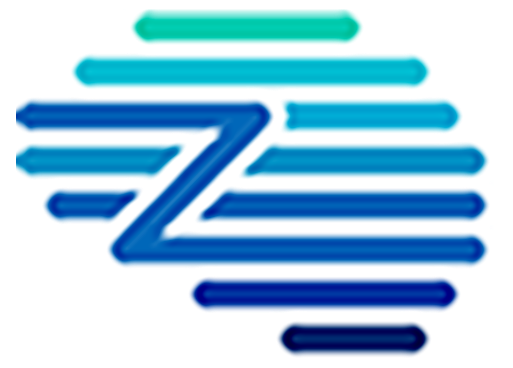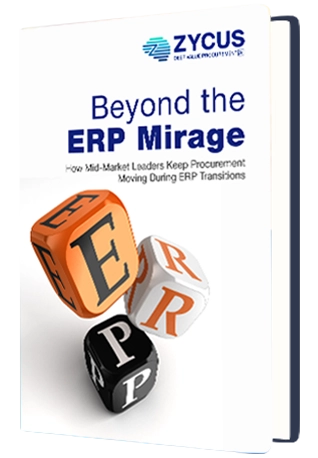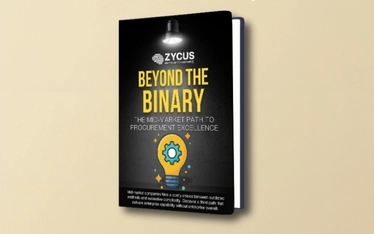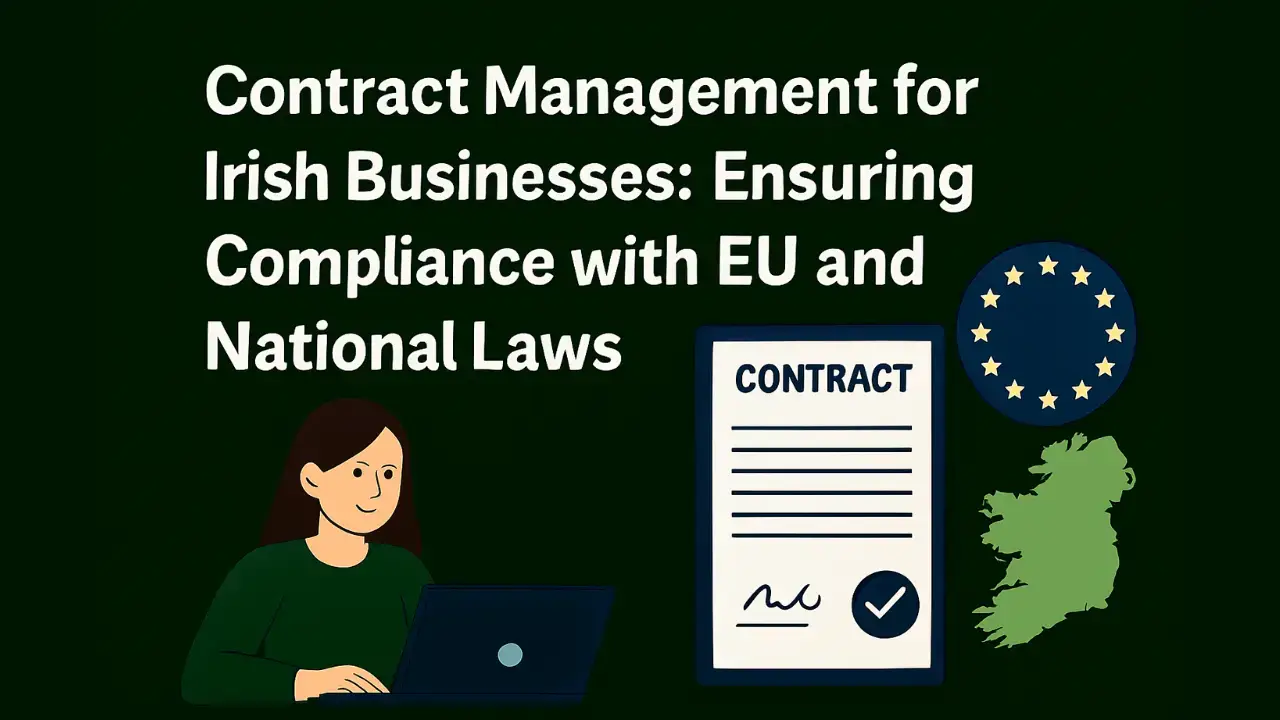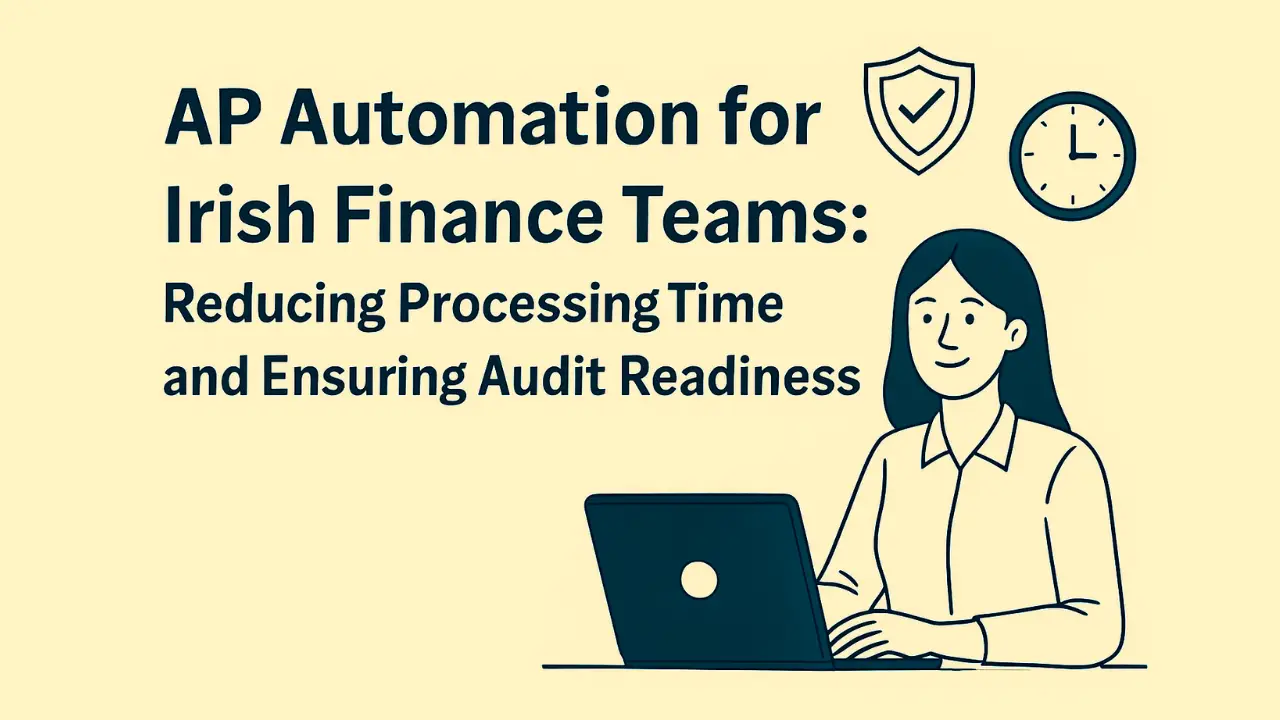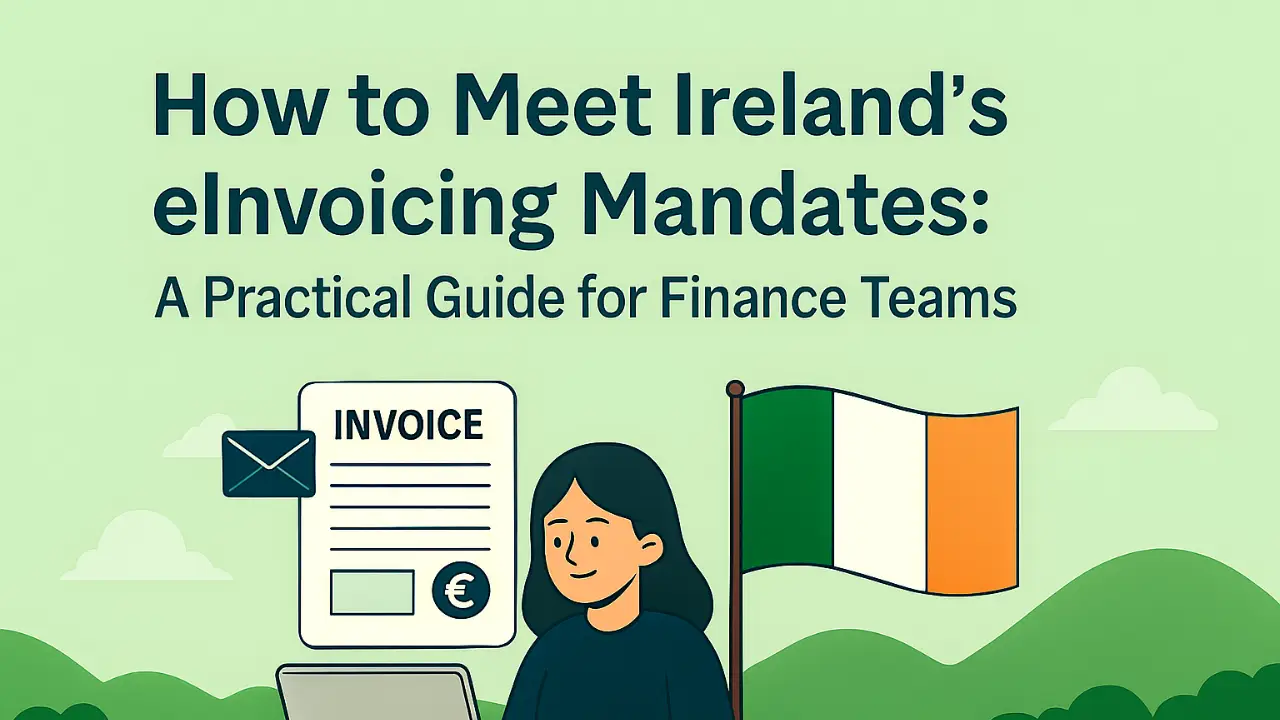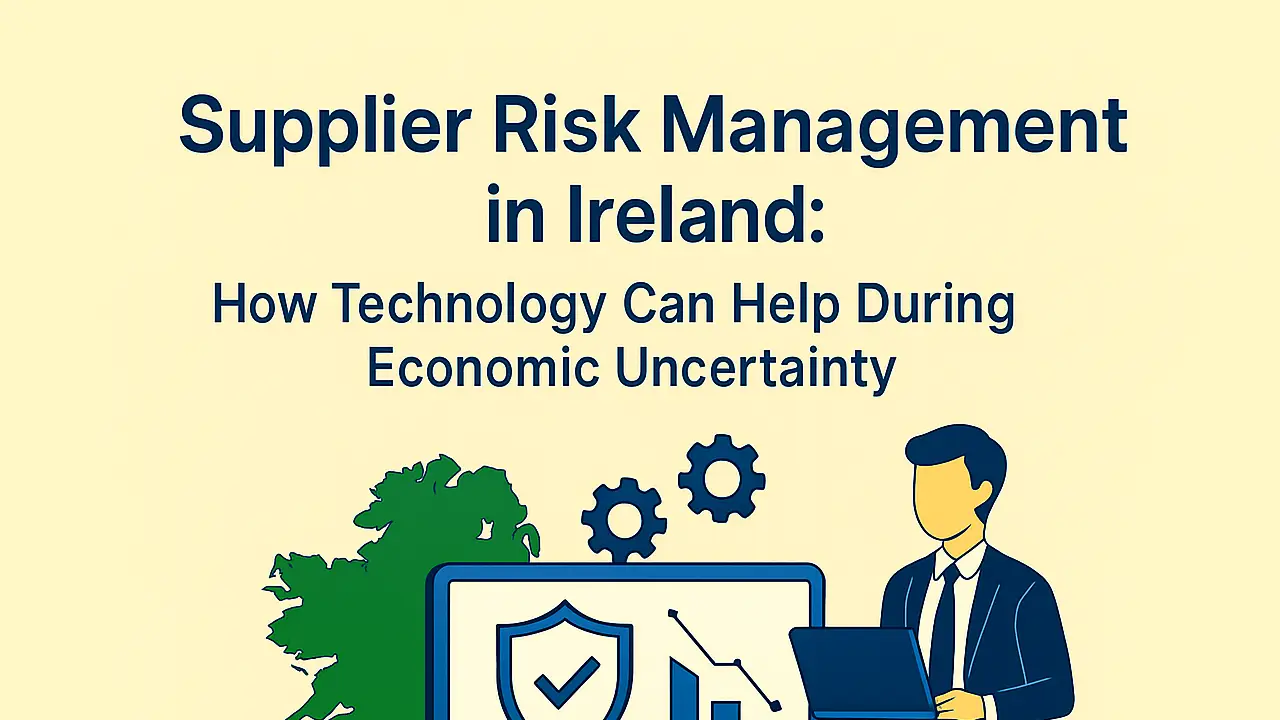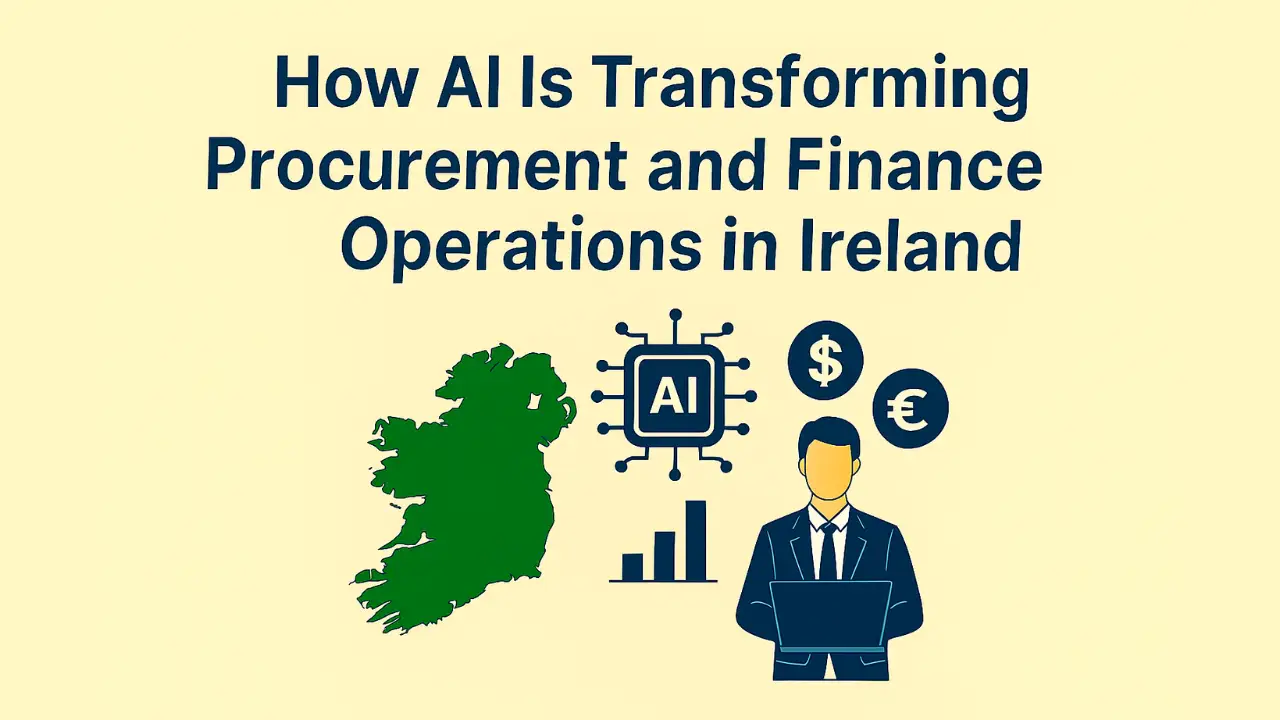The $2M Decision That Took 6 Weeks
Picture this: A Fortune 500 manufacturing company’s category team spots a critical supplier concentration risk in their Southeast Asian supply base. The data is crystal clear—60% of their electronic components sourcing is dangerously concentrated in a region facing escalating geopolitical tensions.
The intelligence sits in dashboards while sourcing teams continue launching RFx events with the same at-risk suppliers. Contract teams negotiate renewals without adjusting risk parameters. Procurement policies remain unchanged. Six weeks later, after multiple meetings, email chains, and PowerPoint presentations, the organization finally pivots its sourcing strategy.
The kicker? Every S2P module had the data needed to prevent this delay. They just weren’t talking to each other intelligently. This is where AI category management becomes critical—empowering every module to not just share data, but orchestrate actions intelligently across sourcing, contracting, and procurement.
Here’s the uncomfortable truth: Most procurement teams think integration means modules share data. Wrong. Real integration means they share intelligence—and most organizations are nowhere close to achieving this.
Full transparency: The level of intelligent S2P orchestration we’re about to explore doesn’t exist in the market today. Current platforms offer data integration, workflow automation, and AI-powered insights—but true autonomous intelligence coordination between modules remains the next frontier. This is precisely what Zycus is building: the first truly agentic S2P ecosystem where category management intelligence flows seamlessly across every procurement touchpoint. While others focus on better dashboards, we’re engineering the decision-making nervous system that will define procurement’s future.
Read more: Visibility is Not Strategy- Why Category Management Needs Agents, Not Dashboards
The Integration Theater: Why Your ‘Connected’ S2P Stack Still Operates in Silos
Traditional S2P integration is largely data theater. Systems share information through APIs, create unified dashboards, and generate consolidated reports. But when it comes to intelligent coordination—where insights from one module automatically influence decisions in another—most organizations are still operating in the dark ages.
The Three Critical Gaps Costing You Millions
- The Context Gap: Our spend analysis module detects anomalies, but your sourcing module doesn’t understand why they matter to category strategy. According to McKinsey’s 2024 procurement research, 87% of procurement executives identify end-to-end margin management as a top-three priority, yet their modules operate with fragmented intelligence that prevents holistic optimization.
- The Timing Gap: Category insights arrive too late to influence active sourcing events. IDC research shows that 44% of CIOs cite the cost of sourcing exercises as their number one pain point in 2024, often due to delayed intelligence that forces expensive mid-process adjustments.
- The Intelligence Gap: Modules react to data instead of anticipating needs. The Hackett Group’s 2024 Key Issues Study reveals that while 95% of procurement decision-makers acknowledge room for optimization, most still rely on manual coordination between systems—creating bottlenecks that prevent proactive decision-making.
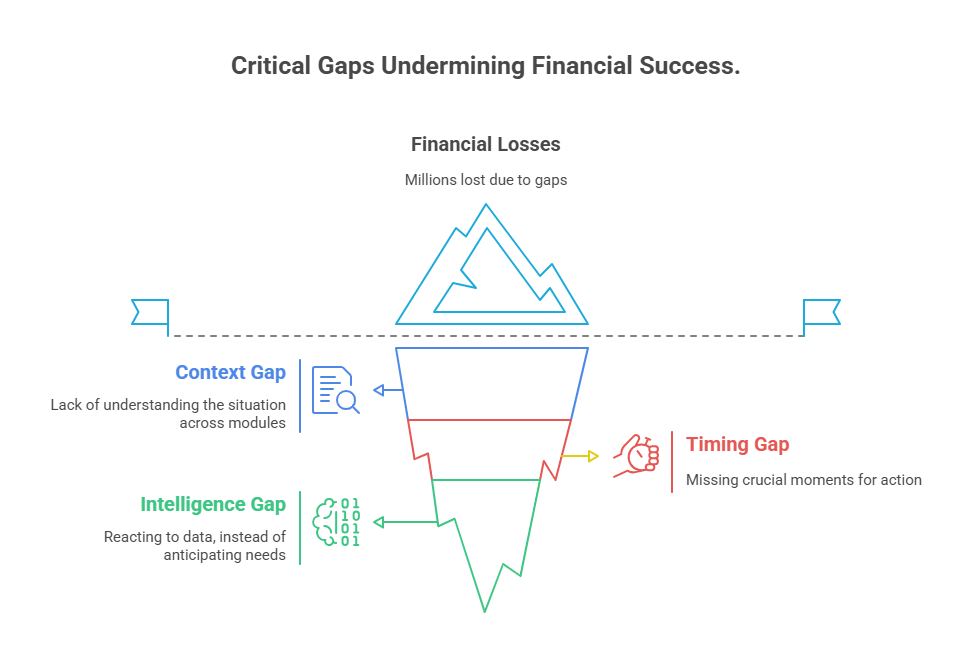
The Hidden Cost of Non-Integration
Organizations lose 12-18% of potential savings due to poor module coordination, according to recent procurement efficiency studies. That’s not just an operational inefficiency—it’s a strategic disadvantage that compounds over time as markets become more volatile and competitive pressure intensifies.
From Data Sharing to Intelligence Orchestration: The Agentic AI Solution
What if your S2P modules didn’t just share data, but shared intelligence? What if category insights could instantly influence sourcing events, contract negotiations, and procurement policies without human intervention?
This is where Agentic AI transforms the procurement landscape. Instead of modules working in sequence, they operate as a coordinated intelligence network where strategic insights propagate instantly across all touchpoints.
Three Game-Changing Orchestration Examples
1. Category AI ↔ Spend Analysis: The Early Warning System
Traditional approach: Spend analyst spots supplier concentration risk → Manual report generation → Category manager reviews weeks later → Sourcing team eventually receives memo → New RFx events reflect updated strategy months later
Agentic approach: AI agent detects concentration pattern → Instantly updates category risk parameters → Sourcing module auto-adjusts supplier qualification criteria → Active RFx events immediately reflect updated strategy
Real impact: Risk response time drops from months to minutes, enabling proactive rather than reactive risk management.
2. Category AI ↔ Contract Management: Living Strategy Implementation
Traditional approach: Category strategy updated in PowerPoint → Manual communication to legal team → Contract templates updated in next quarterly review → Implementation lag of 3-6 months
Agentic approach: Category strategy evolves → AI agents immediately update contract risk parameters → CLM system auto-suggests new clauses for active negotiations → Real-time strategy implementation across all contracts
Real impact: Strategy-to-implementation time reduced by 90%, ensuring contract terms always reflect current category intelligence.
3. Category AI ↔ eProcurement: Intelligent Intake
Traditional approach: New supplier approved in category strategy → Manual catalog updates → User training on new options → Gradual adoption over 6-12 months (if at all)
Agentic approach: Category AI identifies optimal supplier → Intake agent automatically surfaces recommendations → Users receive intelligent guidance at point of need → Immediate strategy adoption
Real impact: Maverick spending reduced by 40% through intelligent guidance that prevents off-strategy purchases before they happen.
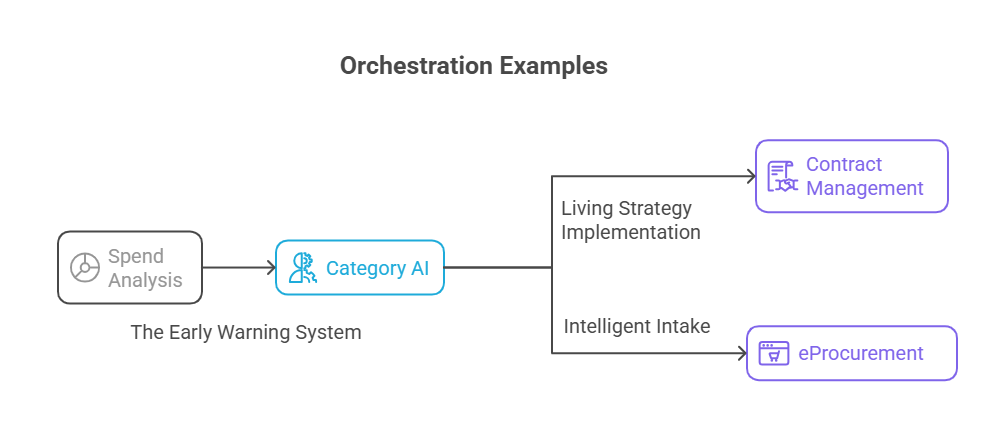
The Technical Reality: Bidirectional Intelligence
Unlike traditional integration where data flows one way, Agentic AI creates bidirectional intelligence flows. Modules don’t just receive instructions—they feed insights back to refine category strategy continuously:
- Real-time Adaptation: Strategy changes propagate instantly across all touchpoints
- Predictive Coordination: AI agents anticipate module needs before humans recognize them
- Continuous Learning: Each transaction improves cross-module intelligence and coordination
Download Whitepaper: Procurement OS 4.0- The Future of Category Management
The Multiplier Effect: When Your Modules Start Thinking Together
The transformation isn’t just additive—it’s exponential. When S2P modules operate with shared intelligence, the combined value far exceeds the sum of individual improvements.
Speed Transformation at Scale
- Before: Category insights take 4-6 weeks to influence procurement execution
- After: Strategy changes propagate across modules in minutes, not months
- Real Impact: Organizations report 40% faster decision-to-execution cycles through intelligent coordination
Intelligence Amplification Across Functions
- Context-Aware Decisions: Each module operates with full category intelligence rather than isolated data
- Predictive Capabilities: Modules anticipate needs based on category trends and market intelligence
- Self-Optimizing Workflows: Continuous learning improves coordination efficiency over time
Quantified Business Results
Early adopters of intelligent S2P orchestration are reporting breakthrough results:
- 25% improvement in sourcing outcomes through intelligent coordination
- 60% reduction in manual coordination effort between procurement teams
- Real-time response capabilities to market changes measured in hours rather than weeks
Real-World Scenario: Orchestrated Crisis Response
Geopolitical risk emerges in Southeast Asia at 9 AM:
Traditional response: Manual risk assessment → Email chains across teams → Delayed supplier diversification planning → Implementation weeks later
Agentic response: Risk detection triggers automatic supplier geography analysis → Pre-qualified alternative suppliers surface in active RFx events → Contract terms auto-adjust for new regions → Supplier validation processes expedited through AI agents
Response time: 4 hours vs. 4 weeks.
Implementation Reality: The Hard Truth About Building Intelligent Integration
Building true S2P intelligence orchestration isn’t just a technology upgrade—it’s an organizational transformation that requires addressing three fundamental prerequisites:
What It Actually Takes
Data Foundation: Clean, standardized data across all modules. As PwC’s 2025 AI predictions note, rigorous assessment and validation of AI systems will become nonnegotiable as organizations scale AI deployment.
API Architecture: Real-time communication capabilities between AI agents, enabling the bidirectional intelligence flows that make orchestration possible.
Change Management: Teams must embrace AI-augmented decision making rather than fighting to maintain manual control over every process step.
Common Implementation Pitfalls
Integration Theater: Connecting data pipelines without enabling true intelligence orchestration—the difference between sharing information and sharing insights.
Over-Engineering: Building complex workflows before proving basic value through pilot implementations and measurable outcomes.
Adoption Resistance: Achieving technical success without corresponding changes in user behavior and decision-making processes.
Success Indicators That Matter
You’ll know intelligent orchestration is working when:
- Module decisions automatically reflect category strategy without manual intervention
- Response time to market changes is measured in hours, not weeks
- Your procurement team spends time on strategic thinking rather than coordination tasks
- Cross-module learning loops continuously improve decision quality and speed
The Competitive Reality: Early Movers Are Already Gone
The window for competitive advantage through intelligent S2P orchestration is rapidly closing. While 92% of CPOs are planning AI investments, only 37% are actively implementing, according to Deloitte’s latest research.
The First-Mover Advantage
Organizations achieving intelligent module coordination are reporting sustainable competitive advantages that become harder to replicate over time:
- Network effects where each additional data point improves system-wide intelligence
- Learning advantages where AI agents become smarter through continuous operational feedback
- Speed advantages where faster decision-making creates compounding market benefits
The Strategic Choice
As McKinsey’s 2024 procurement trends research emphasizes, “procurement organizations must adopt more sophisticated practices to meet both short-term challenges and the long-term vision for Procurement 2030.”
The choice is stark: Lead the transformation toward intelligent S2P orchestration, or spend the next decade explaining why your procurement function couldn’t keep pace with organizations that did.
Your Next Move
Your modules are ready to work together intelligently. The AI agents are available. The technology platforms exist. The question is: Are you ready to let them?
The future belongs to procurement organizations that understand the difference between data integration and intelligence orchestration. Discover how Zycus’ Merlin Agentic AI Platform is already enabling this transformation for forward-thinking organizations worldwide.
Don’t just connect your modules. Orchestrate them.
Ready to transform your S2P ecosystem from a collection of tools into an intelligent decision-making network? Explore Zycus’ comprehensive approach to AI-powered procurement orchestration, from autonomous spend analysis to intelligent contract management.
Related Reads:
- 8 Key Stages of Category Management Process: A Sneak Peek
- Why Yesterday’s Data Creates Tomorrow’s Disasters: The Category Intelligence Crisis
- The Complete Guide to Category Management
- Why Your Business Needs a Category Management Strategy
- Embracing Generative AI in Category Management for Purchasing
- Whitepaper: Procurement OS 4.0: The Future of Category Management
- The Future of Category Management: Trends & Strategies
- AI Agents for Category Management: Beyond Dashboards

